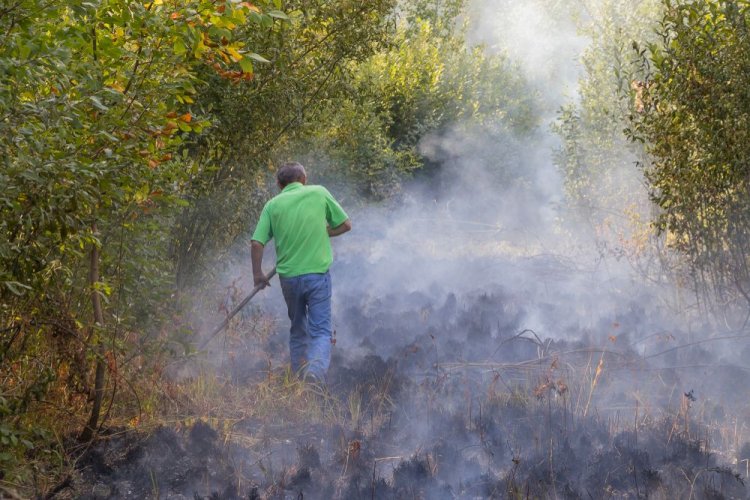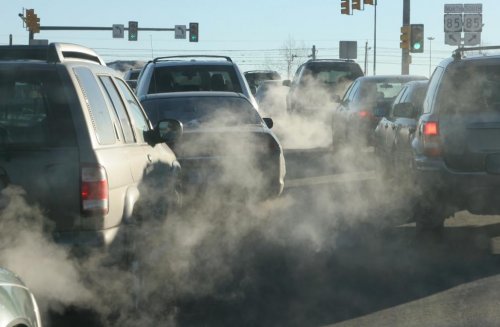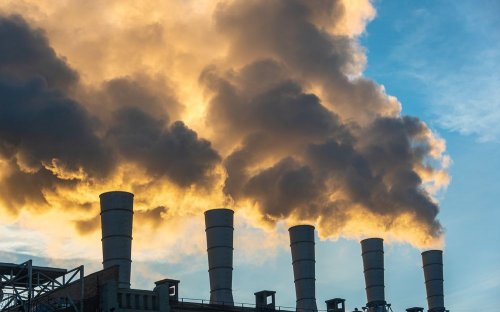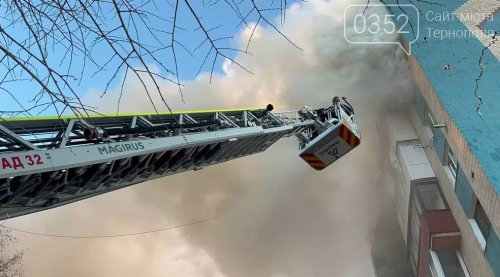Since the beginning of the year, a dozen peat fires have been recorded in the Poltava region. Most often, fires occurred due to the burning of dry vegetation.
This was reported on Ukrainian Radio Poltava by Vitaliy Shkarevsky, spokesperson for the State Emergency Service of Ukraine in Poltava, according to Suspilne Poltava.
The peak of peat fires occurs in autumn and spring, as this is when people most often burn reeds, dry grass, and other vegetation. High temperatures also contribute to the outbreak of fires, especially during periods of prolonged absence of precipitation.
“Such fires cover large areas — hectares can burn. Sometimes there are no reservoirs nearby, so large fire pump stations have to be used to extinguish the fires, and long hose lines have to be laid, and this takes time,” said Vitaliy Shkarevsky.
Bulldozers help to clear large burn areas. Rescuers then spray the area with water to prevent the fire from spreading. Depending on the size of the peat bog, it can take from several days to several weeks to extinguish a fire.
"There are many places in our region where there are peat deposits. These are primarily the Hlobynska, Semenivska, Orzhytska, and Khorolska communities. The sooner a fire is detected, the faster it can be extinguished. Very often, people contact us when a large fire has already broken out and acrid smoke from the peat fire is spreading to populated areas," said the SES spokesman.

Photo: ukr.radio
Since the beginning of 2025, law enforcement officers have issued 148 orders in the Poltava region for burning dry vegetation. Of these, 127 violations were detected using drones.
They face a fine of between 2,060 and 6,120 hryvnia. If the arson caused significant damage, then criminal liability may be imposed under Article 245, with imprisonment from 2 to 5 years.
"With the help of quadcopters and thermal imagers, (rescuers) conduct constant monitoring. Rescuers immediately go to the scene and extinguish the fire in a timely manner," said Vitaliy Shkarevsky.
Warning from rescuers
Every fire leaves behind devastating consequences. Fires in ecosystems not only destroy flora and fauna, but also disrupt the entire ecological balance. Burning dry vegetation destroys large areas of steppes, which affects air and water quality and contributes to soil erosion.
Fire destroys rare species of flora and fauna, which in turn can lead to the extinction of certain plant and animal species. Fires in these areas often deprive animals of their homes and food, which has a negative impact on populations.
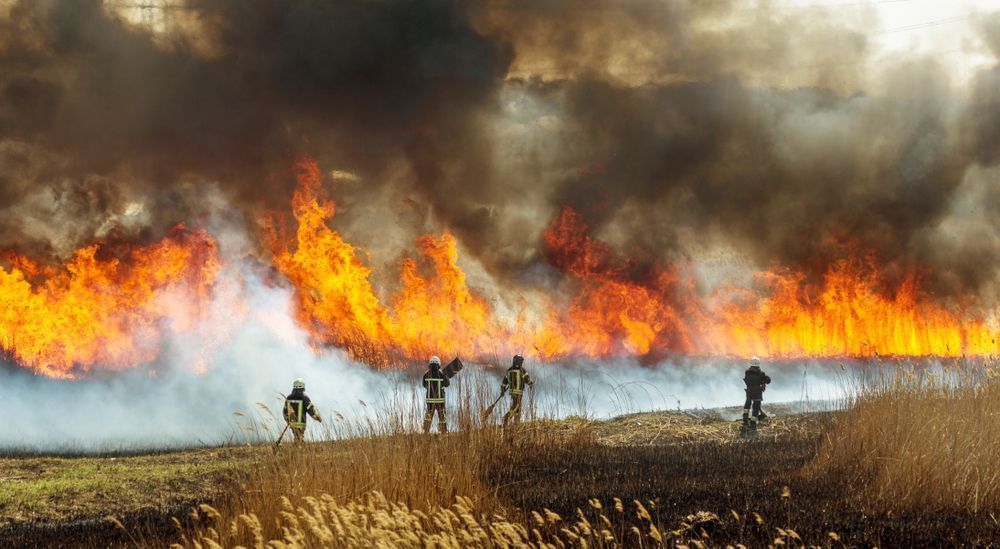
Photo: shutterstock.com
In addition, arson can cause significant economic damage to local communities. The destruction of crops, forests, and damage to infrastructure all fall on the shoulders of not only the state but also local residents.
As EcoPolitics wrote earlier, there have been many fires in the Odesa region as a result of arson. The total damage to the environment amounted to UAH 28 billion.

